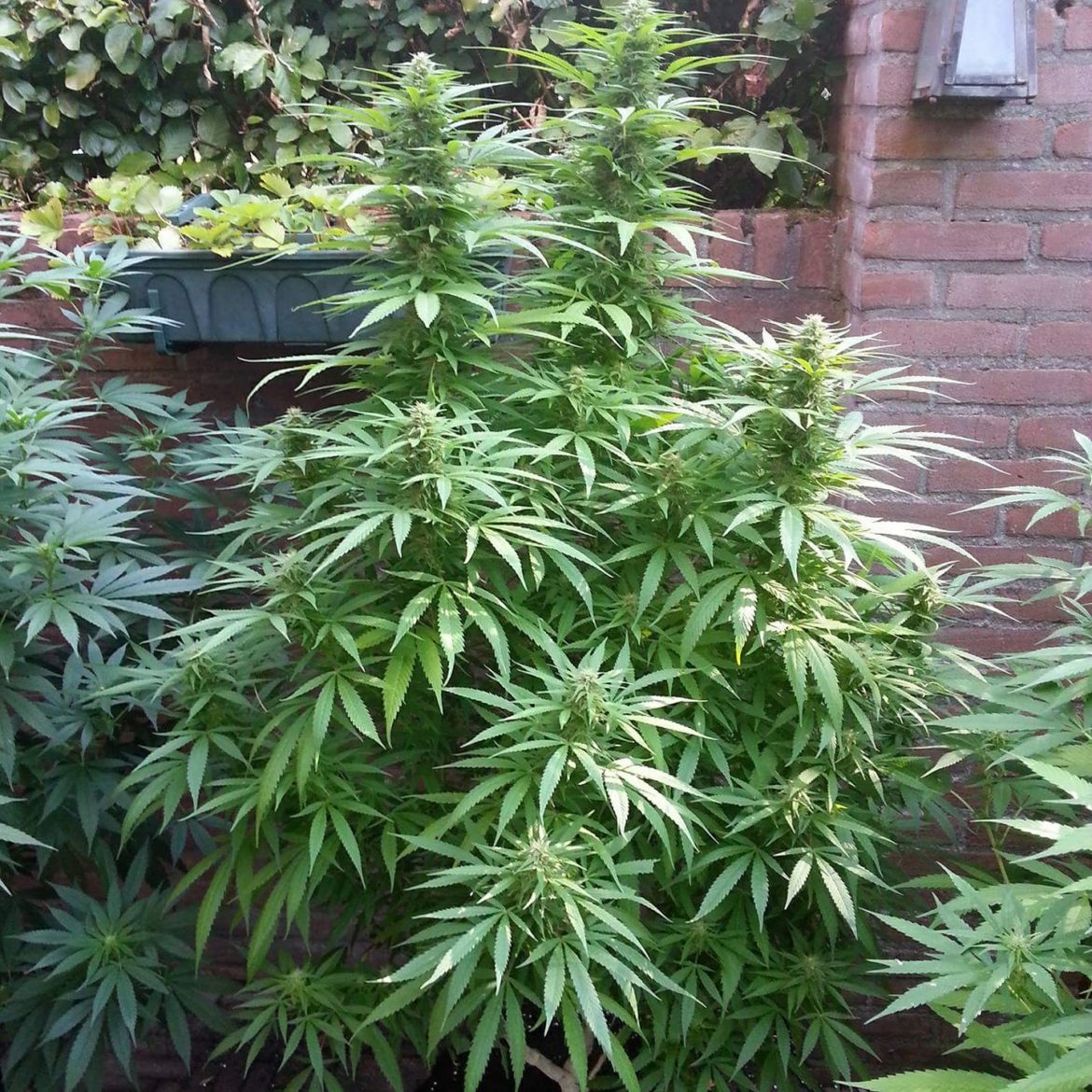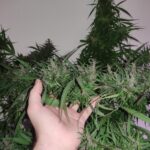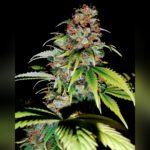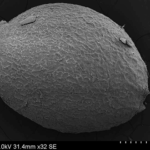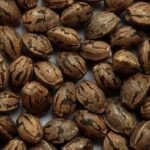We regularly receive emails about CBD in landraces, particularly asking which strains are most likely to contain significant levels of this fascinating cannabinoid.
For high-CBD plants, it’s best to search among populations of resin cultigens, i.e. traditional domesticates bred for use as hashish or charas.
That means landraces from the Himalaya, Middle East, and Hindu Kush. A typical crop can be expected to exhibit significant CBD in approximately 75% of plants.
Evidence suggests that there are three basic chemotypes in traditional resin landraces:
1. Type 1 plants: high THC, low CBD
2. Type 2 plants: roughly equal THC and CBD
3. Type 3 plants: high CBD, low THC plants
‘High’ and ‘low’ are best understood to be ratios: some plants will have high overall cannabinoid content, some not. In a field of a hashish landrace, Type 2 plants might make up about half and Type 3 plants about a quarter of the population.
By contrast, ganja (i.e., bud) landraces like Kerala or Manipuri seldom contain significant levels of CBD. This is because they have historically undergone more intensive selection for potency (i.e., THC) and this has bred out CBD.
A plant with good amounts of CBD can produce a more centred, clear, and stimulating experience than high THC plants. For many, this means a more enjoyable high. Notably, the Lebanese has exhibited numerous high CBD individuals, one of which is pictured above. Its sieved resin tested at 19% CBD and 13.75% THC, and showed some CBDV too. Tested bud of some Lebanese plants has exhibited double-digits CBD.
